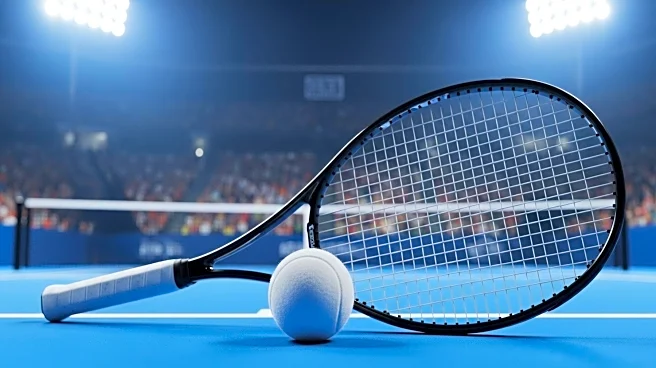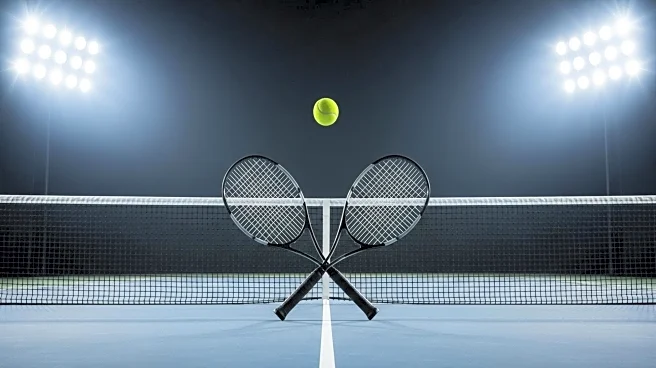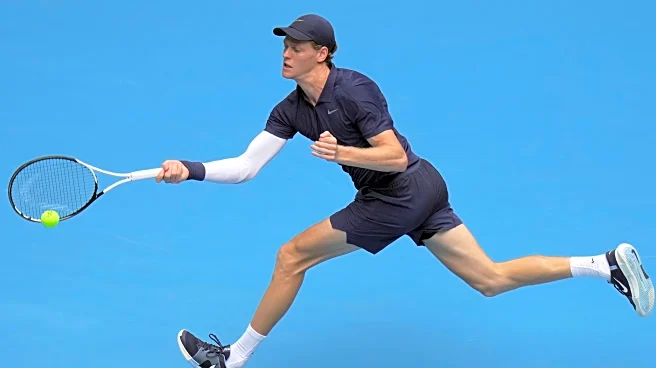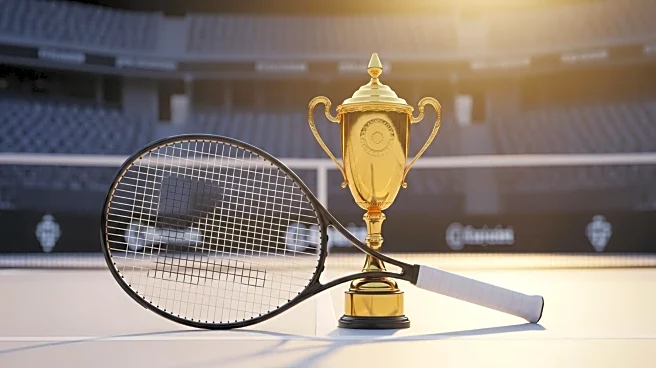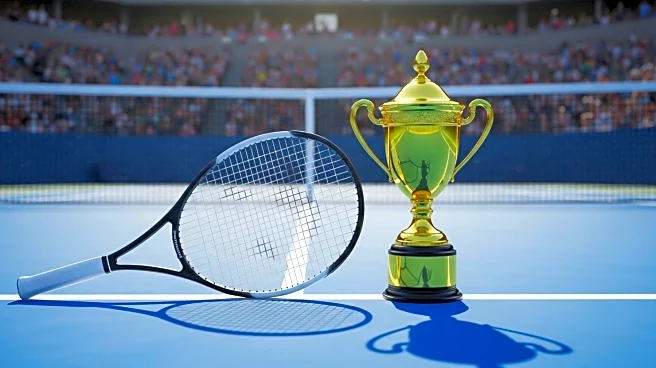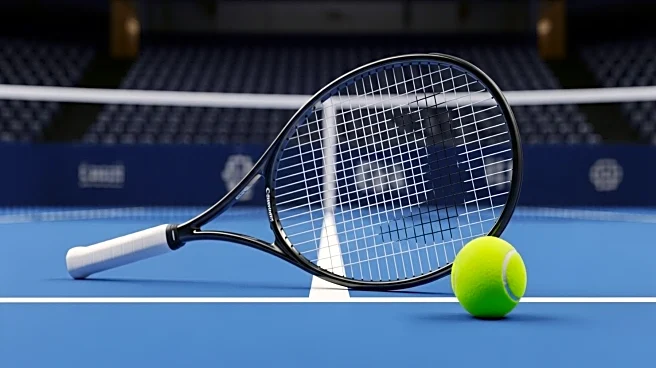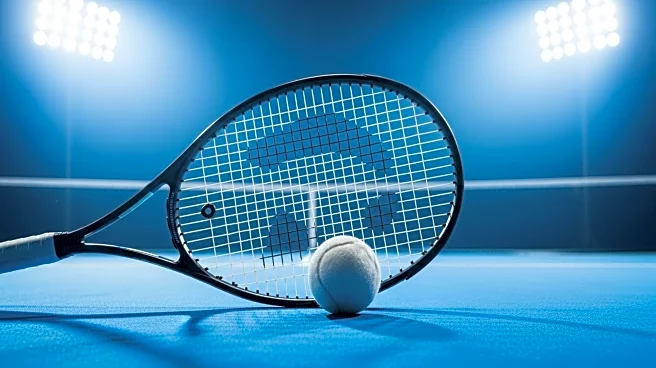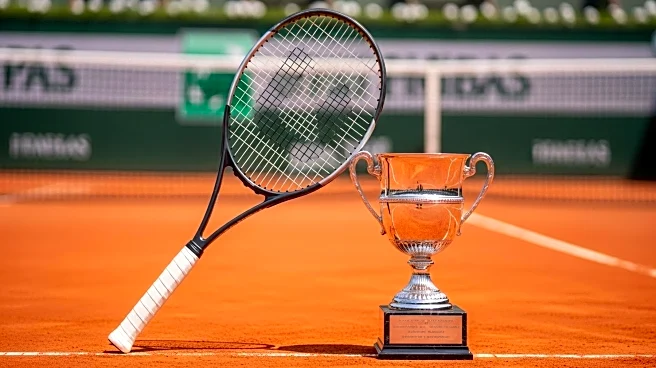What's Happening?
Alexander Zverev has publicly accused tennis tournament organizers of deliberately slowing down court surfaces to benefit players Carlos Alcaraz and Jannik Sinner. Zverev expressed his dissatisfaction after his victory over Valentin Royer at the Shanghai Masters, suggesting that the lack of variety in court types is designed to ensure success for Alcaraz and Sinner. He argued that the uniformity of playing conditions across different tournaments diminishes the diversity of game styles in tennis. Zverev's comments echo similar concerns raised by Roger Federer, who mentioned the issue on Andy Roddick's podcast. Other players have also noted the slower surfaces, although not necessarily implying any intentional bias. Jessica Pegula, for instance, described the surface at Rod Laver Stadium as slower than clay, attributing it to weather conditions during her match.
Why It's Important?
The allegations made by Zverev highlight a significant debate within the tennis community regarding the standardization of court surfaces. If true, the practice could impact the competitive balance of the sport, favoring certain players over others based on their playing style. This could lead to a homogenization of tennis, reducing the diversity of strategies and skills showcased in tournaments. The claims also raise questions about the integrity of tournament organizers and their influence on the outcomes of matches. Players who excel on faster surfaces may find themselves at a disadvantage, potentially affecting their rankings and career trajectories.
What's Next?
The tennis community may see increased scrutiny on tournament organizers and their decisions regarding court surfaces. Stakeholders, including players, coaches, and fans, might demand transparency and fairness in how playing conditions are determined. There could be calls for a review of current practices to ensure a level playing field for all competitors. Additionally, the issue might prompt discussions within governing bodies like the ATP and WTA to address concerns and possibly implement changes to preserve the diversity of playing styles in tennis.
Beyond the Headlines
The controversy touches on broader themes of fairness and equity in sports. It raises ethical questions about the role of organizers in shaping competitive outcomes and the potential for favoritism. The situation could lead to long-term shifts in how tennis tournaments are structured, with possible implications for sponsorships, media coverage, and fan engagement. As the sport evolves, maintaining a balance between tradition and innovation will be crucial to its continued growth and popularity.



